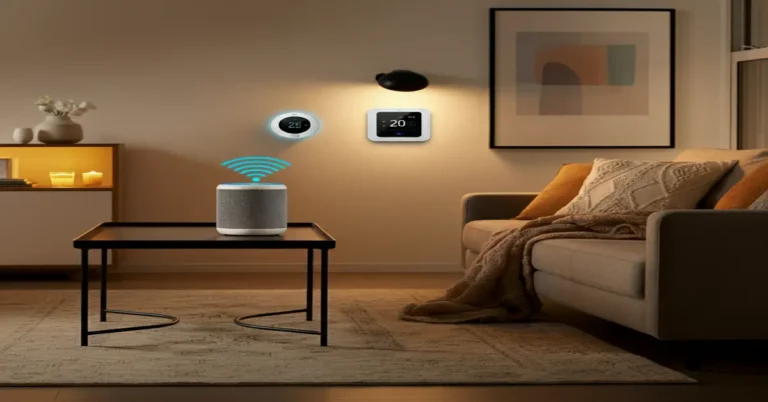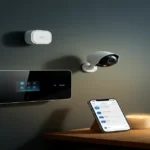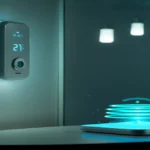suppose: It’s a chilly winter morning, and instead of fumbling for the thermostat, your home has already warmed up to the perfect temperature. As you step into the kitchen, the aroma of freshly brewed coffee greets you, and your favorite playlist starts playing softly in the background. Sounds like a dream? Well, with Total Home Automation, this dream can be your everyday reality. In this guide, I’ll walk you through everything you need to know about turning your home into a smart, connected haven. Whether you’re a tech enthusiast or just starting out, you’ll discover how Total Home Automation can make your life easier, more efficient, and a whole lot more fun.
What is Total Home Automation?
Total Home Automation is about bringing all your smart devices together to work seamlessly as one. Imagine controlling your lights, thermostat, security system, and even your coffee maker from a single app or with a simple voice command. It’s like having a personal assistant who knows exactly what you need, when you need it.
For example, you’re running late for work. With Total Home Automation, you can quickly check if you left the lights on and turn them off remotely. Or, if you’re heading home on a hot summer day, you can adjust your smart thermostat to cool the house before you arrive. It’s all about making your life simpler and more efficient.
Why Should You Consider Total Home Automation?
You might be wondering, “Is Total Home Automation really worth it?” Let me break it down for you:
- Convenience: Control your entire home with just your voice or a smartphone app.
- Energy Savings: Automate your lights and thermostat to reduce energy waste.
- Enhanced Security: Keep an eye on your home with smart security cameras and smart locks.
- Personalized Comfort: Create the perfect ambiance with automated lighting, temperature, and music.
- Increased Home Value: A smart home is a modern home, and it’s a big selling point for potential buyers.
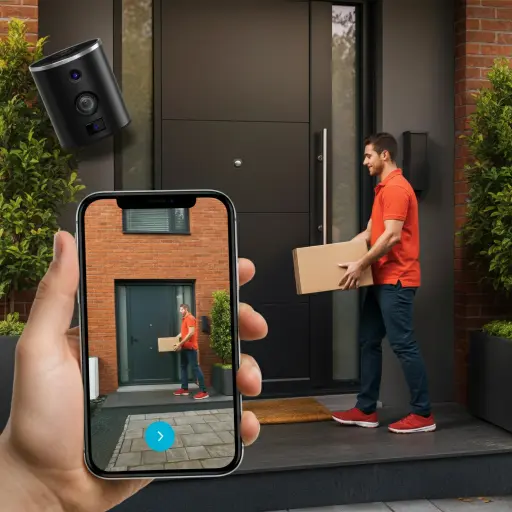
Still on the fence? Let me share a quick story. My neighbor, Lisa, was hesitant about Total Home Automation until she installed a smart doorbell. One afternoon, while she was at work, her doorbell alerted her to a package delivery. She remotely unlocked her smart lock for the delivery person and re-locked it once the package was inside. No more missed deliveries or worrying about security. That’s the power of Total Home Automation.
Step-by-Step Guide to Getting Started with Total Home Automation
1. Assess Your Needs
Start by thinking about what you want to automate. Are you looking to improve security, save energy, or enhance comfort? Make a list of your priorities.
2. Choose a Central Hub
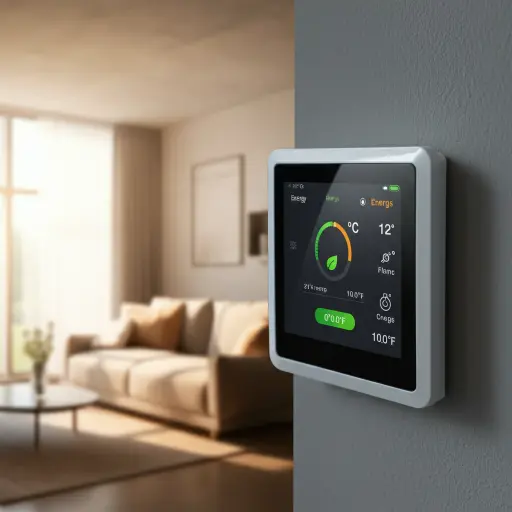
A smart hub is the brain of your Total Home Automation system. Popular options include Samsung SmartThings and Amazon Echo. These hubs connect all your devices and let you control them from one place.
3. Invest in Smart Devices
Here are some must-have devices to consider:
- Smart Lights: Brands like Philips Hue let you control your lights with your voice or an app.
- Smart Thermostats: The Nest Thermostat learns your schedule and adjusts the temperature automatically.
- Smart Plugs: Use TP-Link Kasa Smart Plugs to control appliances remotely.
- Smart Security Cameras: The Arlo Pro offers wireless security with real-time alerts.
4. Set Up Your Devices
Most smart devices come with easy-to-follow instructions. Download the corresponding app, connect the device to your Wi-Fi, and sync it with your hub. For example, setting up a smart plug is as simple as plugging it in, connecting it to your app, and naming it (e.g., “Living Room Lamp”).
5. Create Automation Routines
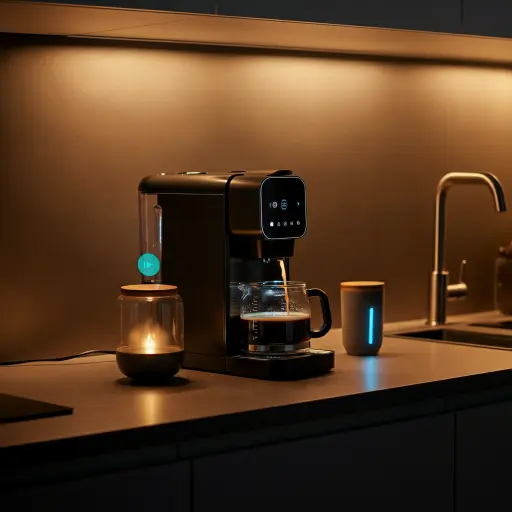
This is where the fun begins. Use your hub’s app to create routines. For instance, you can set a “Good Morning” routine that turns on the lights, starts the coffee maker, and plays your favorite news podcast.
Top Benefits of Total Home Automation
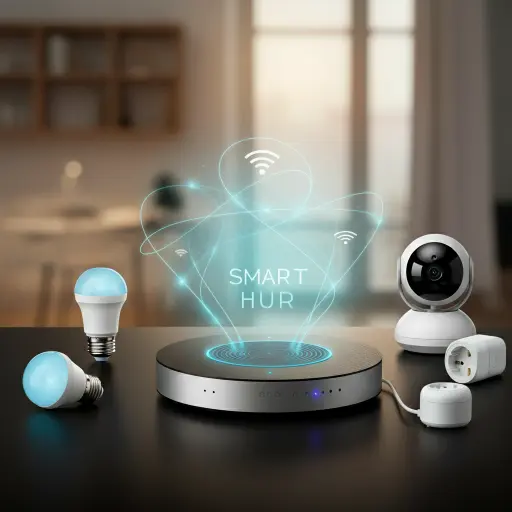
1. Energy Savings
By automating your lights and thermostat, you can significantly reduce energy consumption. For example, a smart thermostat can save you up to 20% on heating and cooling costs.
2. Enhanced Security
With smart locks, security cameras, and motion sensors, you can monitor your home from anywhere. Receive instant alerts if something seems off.
3. Personalized Comfort
Imagine walking into a room where the lights adjust to your mood, the temperature is just right, and your favorite music starts playing. That’s the comfort Total Home Automation offers.
4. Remote Access
Forgot to turn off the lights? No problem. With Total Home Automation, you can control your home from your smartphone, no matter where you are.
Common Misconceptions About Total Home Automation
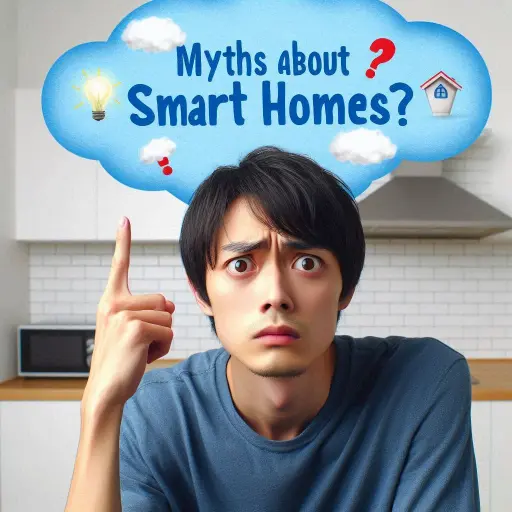
Some people think Total Home Automation is expensive or complicated. Let’s see:
- It’s Too Expensive: While there’s an initial investment, the long-term savings on energy bills and increased home value make it worthwhile.
- It’s Complicated: Most devices are designed for easy setup and use. If you can use a smartphone, you can manage a smart home.
- It’s Only for Techies: Total Home Automation is for everyone. Start small with a smart plug or smart bulb, and expand as you get comfortable.
FAQs
1. What is the best way to start with Total Home Automation?
Start with a smart hub and a few basic devices like smart lights or a smart plug. Gradually add more devices as you become familiar with the system.
2. Is Total Home Automation secure?
Yes, most smart devices use encryption to protect your data. However, always choose reputable brands and keep your software updated.
3. Can I control my smart home when I’m away?
Absolutely! As long as your devices are connected to the internet, you can control them remotely via your smartphone.
4. Will Total Home Automation work with my existing devices?
Most smart devices are compatible with popular platforms like Amazon Alexa, Google Assistant, and Apple HomeKit. Always check compatibility before purchasing.
5. How much does Total Home Automation cost?
The cost varies depending on the devices you choose. A basic setup with a smart hub, smart lights, and a smart plug can cost around 200−200−300.
Conclusion
Total Home Automation is no longer a luxury—it’s a game-changer for modern living. From saving energy to enhancing security and comfort, the benefits are undeniable. Whether you’re looking to dip your toes in with a smart plug or go all-in with a fully automated home, the journey is worth it.
So, what are you waiting for? Start your Total Home Automation journey today and experience the future of living. And remember, the best part about a smart home is that it grows with you. Start small, dream big, and enjoy the convenience of a connected life.

